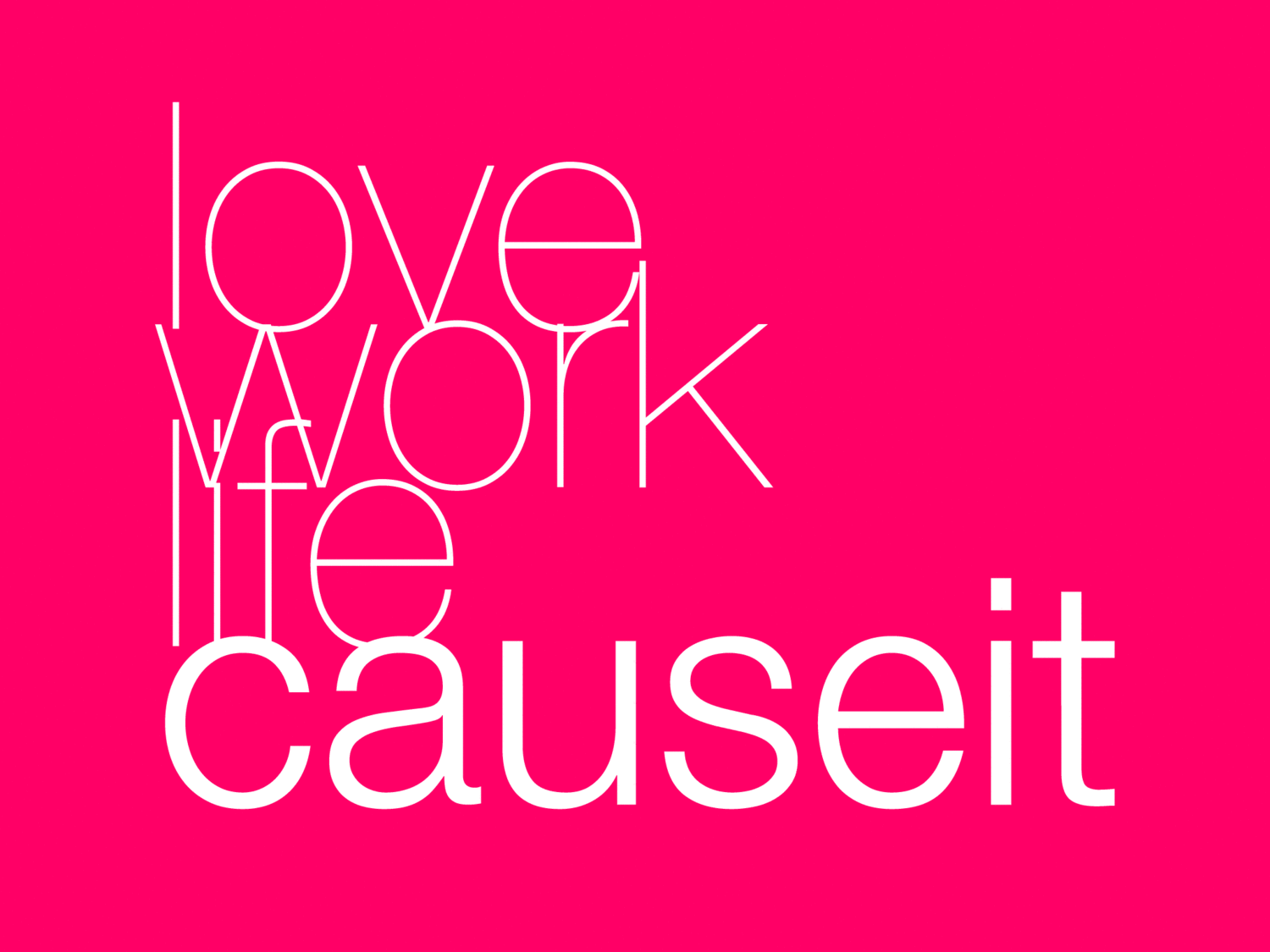The smart cities of our future promise efficiency, safety and ease—in exchange for entrusting our most critical infrastructure to highly-networked systems. Cities will require creation of secure, accessible, multi-sided platforms which connect many modes of transit and form new networks of mobility with features beyond what industry can offer now. We must think about how to solve for the issues inherent in implementation of not just 'robot cars,' but also multimodal, 'door to door' transportation and the potential shift in the automotive industry from vehicle production to automobility as a service.
The Future of Automobility Workshop
Who is this workshop for?
Organizations that want to think beyond the two to five year horizon and generate new, exciting ideas about the possible future of their products, their talent, and their partnerships. The goal is to not only "think outside the box" but also to use futurism and innovation theory to inform long-term strategy—helping companies make choices now about what to build and attend to so they are not only prepared for the future but in a position to lead innovation in the decades to come.
This workshop is recommended for organizations in the automotive, infrastructure, policy/standards, security, ICT, and construction/engineering industries.
Workshop Summary
Attendees are prompted to generate new ideas for automobility in the 21st century, grounded in real-world use cases, then take a first step in identifying the talent, tech, and infrastructure needed to build and maintain a secure automobility platform for the smart cities of the future.
Outcomes
- Gain deeper understanding of the potential future of automobility
- Surface opportunities for your organization to create new value
- Create initial roadmap for innovation and investment
- Identify talent, technology, and partnership needs for long-term innovation strategy
Timeline
- Half day to two days
- Four to six weeks of follow-up content (optional)
Participants
- Decision-makers with awareness of current customers, offerings, budgetary and market constraints
- Technology stakeholders (internal and key partners)
- Innovation leaders




